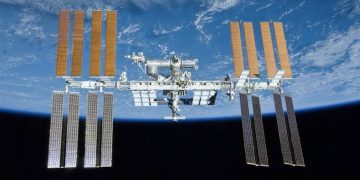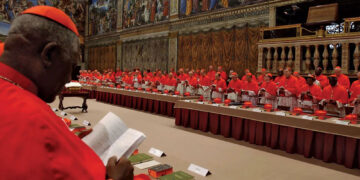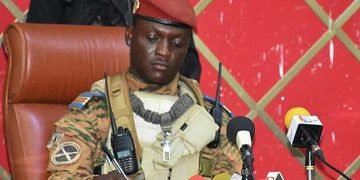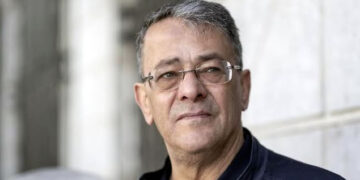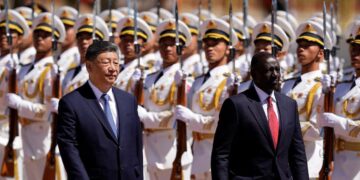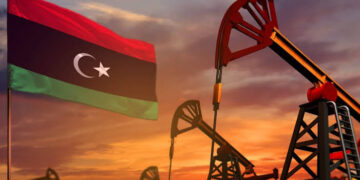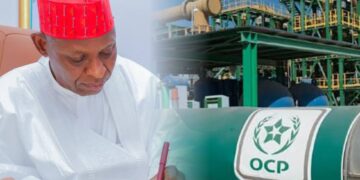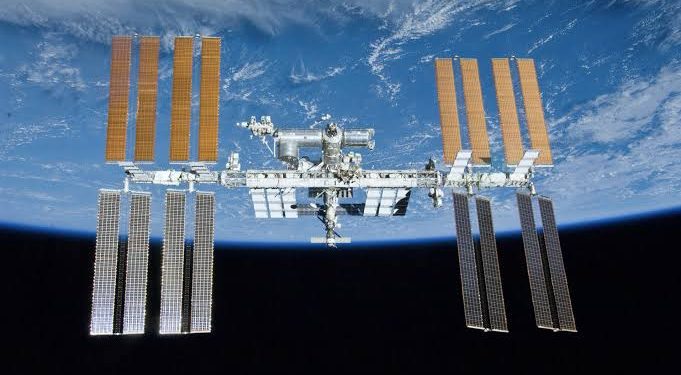By John Ikani
The International Space Station (ISS) on Friday was forced to swerve away from a fragment of a US launch vehicle.
According to the head of Russia Space Agency, Dmitry Rogozin, who heads Roscosmos, the station’s orbit dropped by 310 metres (339 yards) for less than three minutes to avoid a close encounter with a fragment from a US launch vehicle sent into space in 1994.
Rogozin added that the manoeuvre would not affect the planned launch of the Soyuz MS-20 rocket on Dec. 8 from the Baikonur cosmodrome in Kazakhstan and its docking at the ISS.
Space debris consists of discarded launch vehicles or parts of a spacecraft that float around in space and risk colliding with satellites or the ISS.
Calls to monitor and regulate space debris, or space junk, have grown since Russia conducted an anti-satellite missile test last month. This generated a debris field in orbit that US officials said would pose a hazard to space activities for years.
Debris forced NASA to postpone a spacewalk on Tuesday to replace a faulty antenna at the ISS.
In an opinion piece published in the Financial Times on Thursday, former NATO Secretary-General, Anders Fogh Rasmussen said Russia’s destruction of the satellite last month risked turning space into a junk yard.
“Unless we change course, the opportunities of space to improve our lives on Earth could be closed off for generations,” he wrote.
